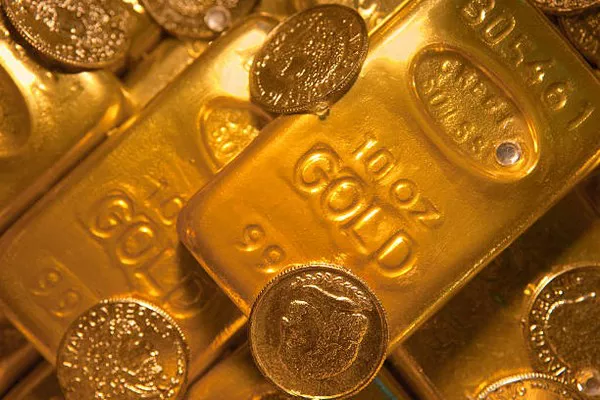Singapore is on the verge of surpassing London and New York as the world’s leading gold hub, driven by a significant eastward shift in the gold market.
According to Shaokai Fan, the World Gold Council’s head of Asia-Pacific and global head of central banks, the “center of gravity” of the gold market has decisively shifted to the East. The rising gold consumption in emerging market economies, predominantly in Asia, positions Singapore to become the “fulcrum of this new balance.”
“Singapore is poised to lead the gold market in the future,” Fan stated at the Asia Pacific Precious Metals Conference.
Geographically, Singapore is strategically close to 25 percent of the world’s gold mining supply, with China, Australia, Indonesia, the Philippines, Papua New Guinea, and Laos all being significant gold producers.
Fan highlighted the need for an official gold reserve center in the East, especially amid growing geopolitical tensions and the West’s propensity to use economic sanctions. This concern makes countries wary of storing their gold in New York or London, where it could be frozen or seized. Fan suggested that Singapore could emerge as a “truly viable alternative” for gold vaulting.
Singapore’s stable government and favorable tax environment enhance its appeal as a gold hub. Key steps, such as the removal of GST on investment gold and the establishment of good delivery refineries, have further bolstered Singapore’s status in gold trading.
The Asian Gold Rush
Despite record-high prices, Asian demand for gold remains robust. A recent Reuters report noted that price sensitivity has largely disappeared in many Asian markets, with buyers increasingly purchasing gold to hedge against geopolitical and economic uncertainties. Lower confidence in other investment options, such as real estate and equities, also drives this trend.
“The trend in the market has been that if the consumer wants to buy gold, they will. The price doesn’t matter,” said Albert Cheng, CEO of the Singapore Bullion Market Association.
In China, demand for gold coins and bars surged by 27 percent in the first quarter, despite record-high prices in yuan. The country is grappling with high inflation and a weakening real estate market, alongside trade tensions that make investors cautious.
While China consistently ranks as the world’s leading gold consumer, this surge in demand is not isolated. In Japan, Bruce Ikemizu, chief director of the Japan Bullion Market Association, reported a bullish sentiment towards gold, despite high prices in yen. In Thailand, headlines about rising prices prompted queues outside gold stores, according to MTS Gold Group CEO Nuttapong Hirunyasiri.
South Korea’s largest convenience store chain, CU, sold 60 percent of its inventory of fingernail-sized gold bars within three weeks, reflecting increased gold demand. The World Gold Council reported a 27 percent year-on-year rise in demand for gold coins and bars in South Korea in the first quarter of 2024.
In Vietnam, investors lined up at banks when the government released gold for public sale to curb record prices in dong. Meanwhile, in India, the world’s second-largest gold consumer, demand rebounded during a significant May festival despite record prices in rupee terms.
Contrast with the West
While gold demand surges in Asia, it remains lukewarm in the West. The World Gold Council noted that Western investors engaged in profit-taking in the first quarter of 2024, contrasting with the strong investment demand in Asia. In China, bar and coin demand increased by 68 percent year-on-year to 110 tons, while India saw a 19 percent year-on-year jump in gold bar and coin investment. Conversely, physical gold demand modestly declined in U.S. and European markets.
The rise of Singapore as a gold hub aligns with this eastward shift in the gold market, underscoring the city’s growing significance in global gold trading and storage.


